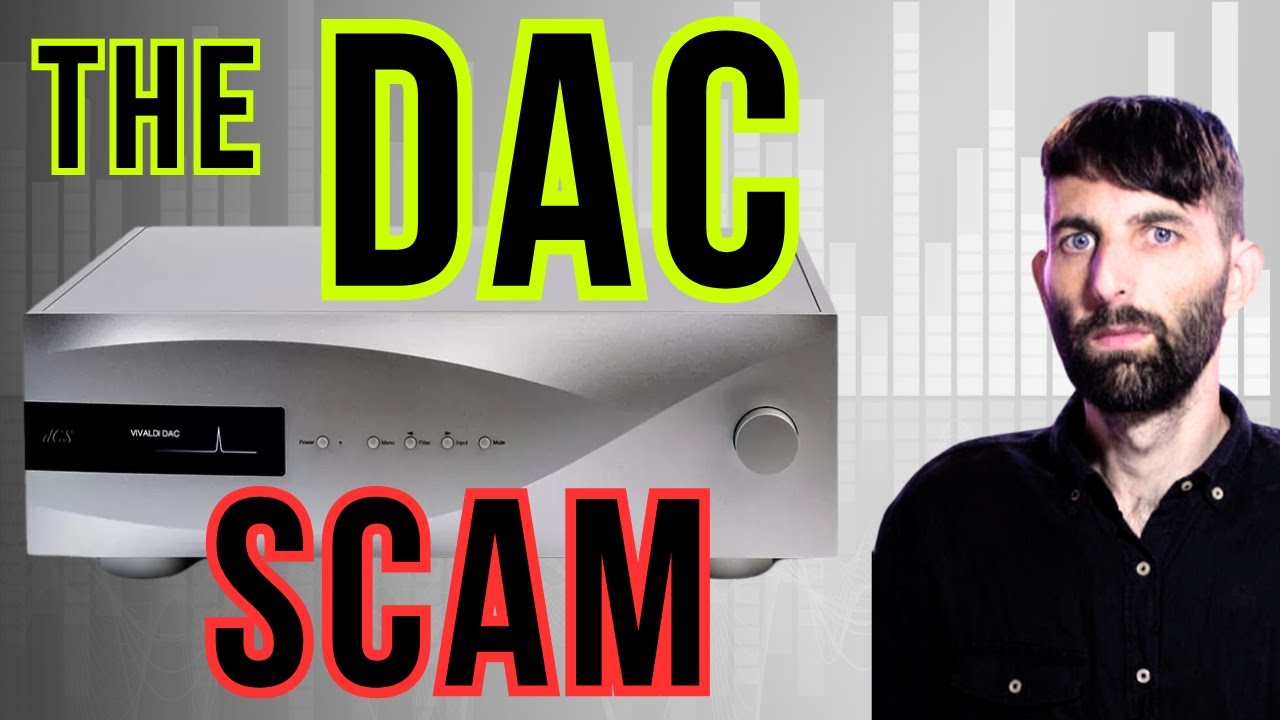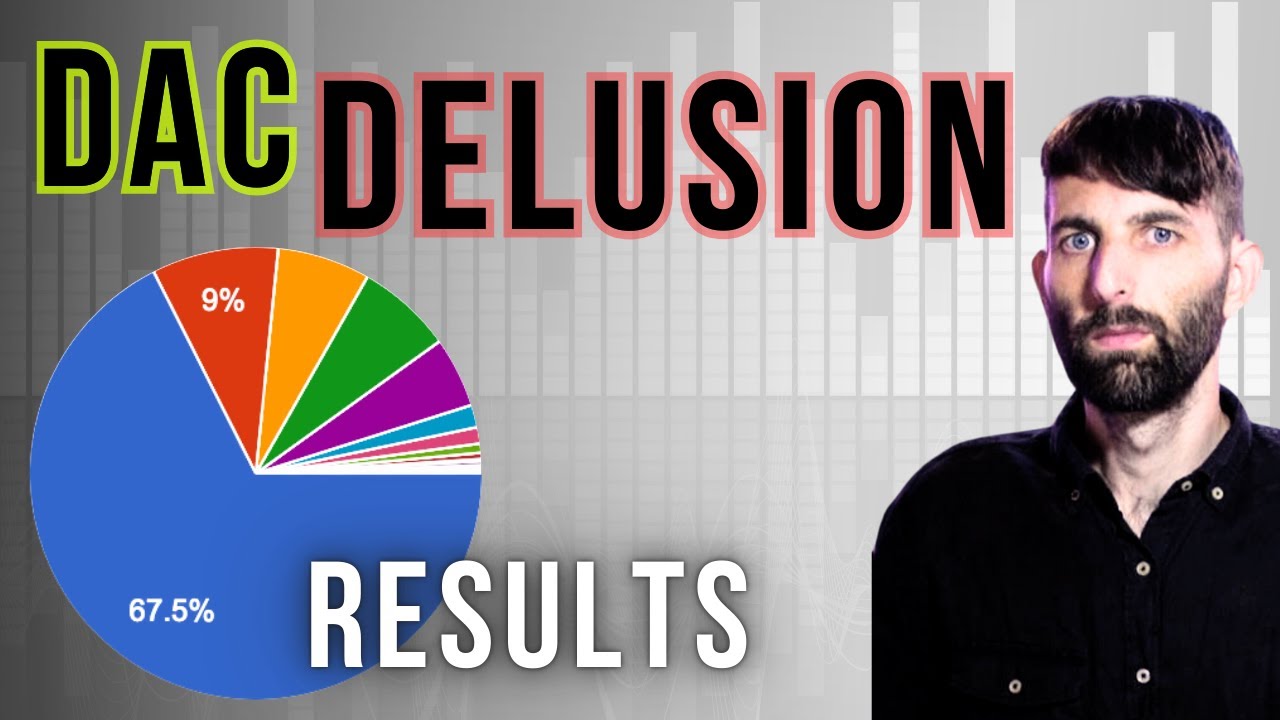I’m a dyed in the wool measurement skeptic. I’ve had cables cause me to fall out of my seat. Ditto fuses, etc.
One test I’m having a hard time getting my head around is the DAC ADC loop test. There’s a YouTuber out there who stated he took a mediocre dac and an average ADC, ran it through a test loop with a piece of music with zero residual error after 50 passes. The punchline: all DAC’s sound the same.
Now, I’m skeptical that he got that result to begin with, but let’s take him at his word. Frankly, simply knowing that audio cables aren’t perfect, the result comes as a surprise. Perhaps he was using a sample that had little dynamic range. Who knows? I certainly don’t and would love to hear a rebuttal. Thank you very much, JJ
Wait are you saying this person took a Digital signal, fed through DAC and had an analog signal and then fed into ADC and it was a bit perfect match to the original? I highly doubt it.
if that is not the case what exactly was he measuring?
I should let the guy speak for himself:
I hate giving these guys the view count, but I will check it out once meetings are over.
I’ve watched some of his other stuff and I’ve learned a few things from his content, but his attitude is hard to tolerate - like sand in the underwear if you ask me.
1 Like
I love that. I find most youtubers are like that. I only follow a few and most videos I stop 2 min in.
1 Like
ugh just watched. he is just playing the output from ADC to the dac again and comparing to the original. Like I am supposed to hear on my computer any difference. He just mentioned the ADC he is using and had a youtube pole if they heard a difference. Silly.
I agree. No way to hear that. I found the analysis of 50 loops to be more interesting.
DAC to ADC loopback recordings are interesting because they contradict both objectivist and subjectivist beliefs. People on Gearspace have submitted 100s of loopback recordings and nulls have been quantified, see link below.
Evaluating AD/DA loops by means of Audio Diffmaker - Page 104 - Gearspace
You’ll see that there isn’t a null better than -80 dBFS and there is a good amount of variation. This goes against the objectivist belief that DACs (and ADCs) are perfect, however, the differences are not due to noise or distortion (SINAD), but rather very small differences in frequency response (magnitude AND phase) caused by low frequency high pass behavior and reconstruction filters. I was able to beat every null in that thread (-85 dBFS null) by applying very granular EQ correcting those small frequency response errors proving that the issue is frequency response.
Evaluating AD/DA loops by means of Audio Diffmaker - Page 98 - Gearspace
That being said, it is very difficult to reliably tell the difference between a level matched recording using a high quality DAC / ADC and the original. If you’d like to experiment more, Deltawave is a very interesting tool. It can compute nulls between two files and has a great level matched comparator for ABX testing.
Michael
2 Likes
Still I think he is jumping to conclusions. All this means is that the DAC and ADC do their job over and over again with little to no degradation. How does that mean all DACs sound the same? Still boggles my mind that loop 1 would sound the same as loop 100 through the same dac. The bitstream cannot be the same.
Also what listening system did he have? YouTube is certainly not the place to hear differences.
I have been mulling this for some time. The first issue with the multiple loop test is that and vastly overly complex source signal is used. For other time, but it is clear the the human (and other animal) auditory response is far more complex than we remotely understand. In real time we are processing the phasing difference between left and right sources to place sources, notwithstanding that difference in phase changes with frequency, all at a processing rate vastly faster than the 300 Hz maximum refire rate of neurons.
So what needs to be done is to take a pure sine wave of 11 KHz through a 44 KHz ADC and take the resulting digital data back to analog with no monkey business. See, that sine wave gets sampled only 4 times per cycle and thus there is far too little data to recreate a sine wave. To nail the problem, consider a source sine wave of exactly 1/3 the sample rate. Quite possibly, the three sampling data points could all be 0 (that’s zero, not capital O). Impossible to have any idea of even the amplitude of the source signal. I contend that the higher frequency range is under sampled at 44 KHz and that it is in that range where the unique characteristics (harmonics) of music reside. Anyway, I don’t even need to A/B test to recognize the difference between PMG 512 and a Stellar gold DAC, both of which I have used for many hours. But of course, no DAC can recreate information that is not contained in the digital stream. Thoughts?
Thats about where I am, except I am coming from APS MKII. I am still trying to wrap my head around him saying he did not hear any difference between the loop 1 and 50. But again, its via youtube and who knows what he did and how and what system he used to evaluate this with. So at this point I am not going to think about this nonsense any more.
I’m not going to bother watching so take my opinion for what it’s worth, nothing. But if he’s saying that he doesn’t hear a difference then his evaluation is even less remarkable. Running the same experiment, I can about guarantee I wouldn’t hear any differences either.
Maybe this leans subjective, but the raging measurement vs subjective combatants who dismiss each other seem to overlook the many who just don’t hear or recognize differences in stuff that others either hear or reject.
Try plotting your examples, they don’t behave the way you think. You will always get some non-zero amplitude component when sampled at 44 kHz.
11 kHz sine sampled at 44 kHz
14.667 kHz sine sampled at 44 kHz
A key to digital audio is that the source is bandwidth limited to half the sample rate. It is not intuitive, but this means the signal can only take one path between samples.
Michael
1 Like
Thanks! But help me understand how the date in either of your tables would provide a clue as to the shape of the original analog signal. Either a sine or a saw tooth source would provide the same data but sound very different. I have been presuming that the DAC must be doing some intuiting. And the bandwidth limiting—doesn’t that just mean that it would be meaningless to to sample only once/cycle as the reconstruction process would always create a constant signal (ah, so that’s why the stability of the clock is so critical, no?).
A sawtooth isn’t a bandwidth limited signal as it has infinite harmonics, similarly a square wave is not a bandwidth limited signal as it has infinite harmonics.
The video below explains this pretty well and shows the example of running a square wave through an ADC / DAC.
D/A and A/D | Digital Show and Tell (Monty Montgomery @ xiph.org)
Without bandwidth limiting there will be more than one way to reconstruction the signal.
Michael
1 Like






